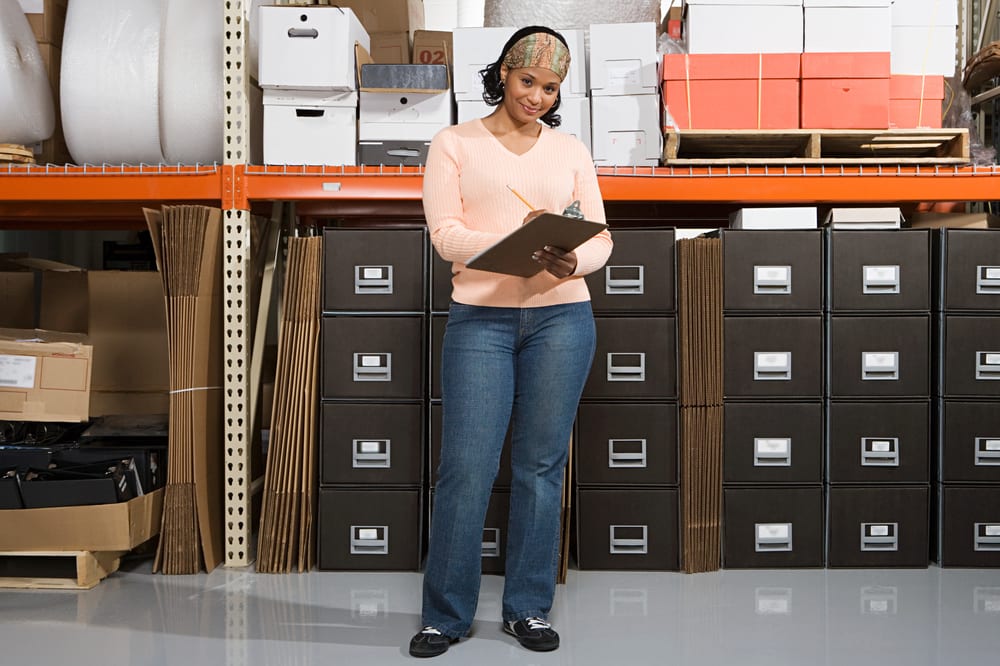As an employer, it is your legal responsibility to ensure that members of staff are receiving the correct workplace health and safety training, as well as a health and safety management system, safety programme and a focus on improving your work environment. Your plan needs to describe what people within your organisation should be doing to prevent injury or illness.
Already your workplace should have its own system in place on how you handle hazards and your way of managing the health and safety of your employees. Your system must include:
- Listening to employees’ concerns and responding to them.
- Have a notebook of written policies and procedures as well as having a safety coordinator.
Take a look at your workspace now, can you spot any hazards? If so, what can you do to prevent them? Follow our checklist to assess your work environment.
Organising health and safety management
Control – Give employees specific health and safety responsibilities such as taking care of their own health and safety, looking out for others, using safety provision correctly and co-operating.
Communication – Employees need to be involved in delivering health and safety messages.
Competence – Employee involvement in delivering and taking part in training.
Cooperation – There needs to be a safety committee and suggestion schemes.
Planning health and safety management
Objectives/plans – Employers should be involved in setting health and safety plans and objectives. This way they know everything.
Risk assessments – There need to be risk assessments in place.
New ways of working – Get employers into new ways of working to help with health and safety.
Problem-solving – Sit with employers and solve any problems that might occur.
Checklist
Below you will find a checklist of things that you should be checking in your place to ensure you are complying correctly with the Health and Safety at Work etc Act 1974.
Floors
- Are there loose materials on the floor, worn carpet?
- Ensure that nothing is blocking walkways.
- Are the floors slippery, wet or oily?
Stairways and Aisles
- Are they clear?
- Well lighted?
- Handrails in place and fitted to the walls correctly?
Security
- Do entry and exit procedures provide security at night?
- Is there emergency evacuation, fire, bomb threat or hostile person procedures in place?
- Are locks and security systems adequate? Has there been a review from a specialist like www.thelockboss.ie within a reasonable time frame?
Equipment
- Is the furniture safe e.g. not worn out, stable chairs allowing the user to work comfortably? If there are faults with chairs ensure they’re in proper working order by replacing faulty wheels with new ones from a supplier like Tente Castors or checking the adjustable seat functions in terms of height and tilt.
- No sharp edges, desks or cabinets.
- If ladders are used in your workplace, are they safe and well maintained?
Emergency equipment
- Is all fire control equipment regularly tested and certified?
- Make sure the fire equipment is appropriate for the style of fire it must control.
- Is emergency lighting in place and tested regularly?
Sanitation
- Are the washrooms and food preparation areas clean and tidy?
- Are the following provided:
– Toilets
– Water
– Lunch space
Lighting
- Are there any dark areas that could cause problems?
- Are bulbs missing?
- Lamp reflectors clean?
All workers have the right to work in places that don’t put their health and safety at risk. The checks above give a useful overview of the main areas of health and safety compliance. For more detailed guidance, specific for your type of business or industry, the Health & Safety executive produce excellent guidance and checklists.

